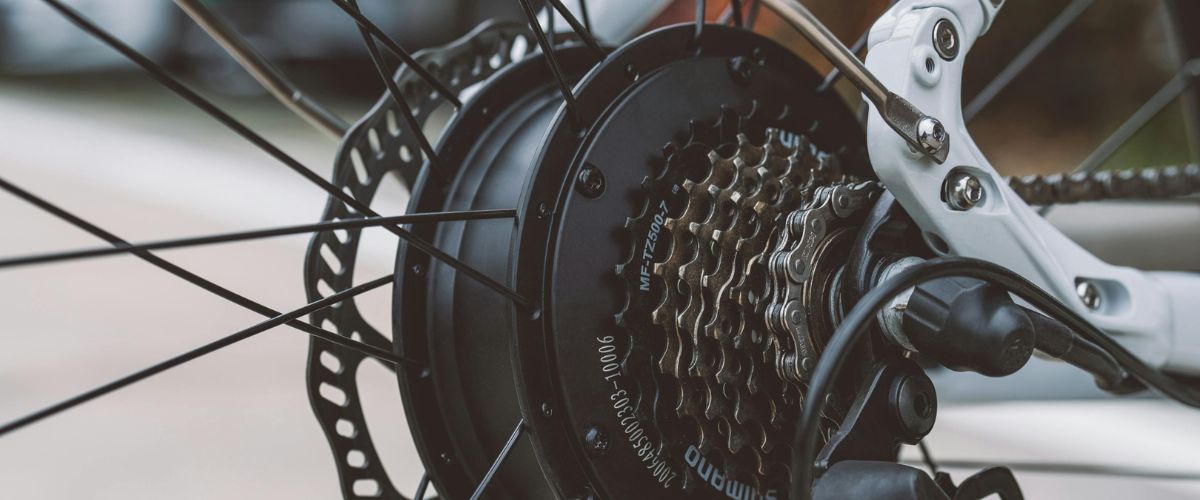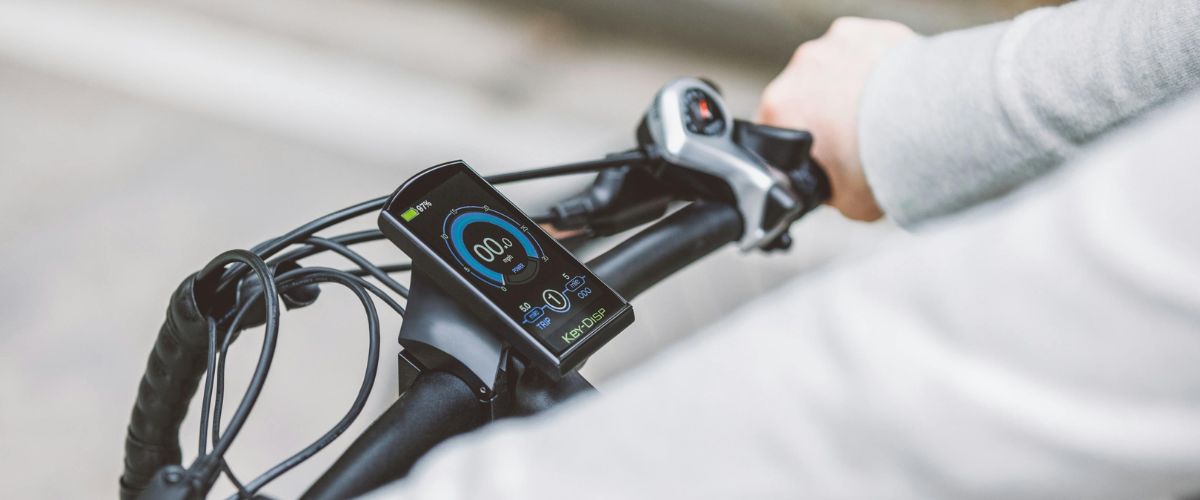Is it possible to recharge an electric bike battery while riding?

The idea of recharging an electric bike's battery while riding is appealing: less time plugged in, extended range, and more eco-friendly. But is it really feasible? Some technologies already exist, but they have significant limitations. Let’s explore the different principles at play and see if this solution is viable for e-bike users.
Physical and technical principles of charging while riding
How an electric bike works
An electric bike operates with a battery that powers a motor to assist the rider. Therefore, energy is consumed continuously during the ride. For an e-bike to recharge while riding, it would need to produce more energy than the motor consumes, which presents significant challenges
Why an electric bike cannot fully recharge itself
1 - Energy conservation
The movement of an electric bike relies on a balance between the energy produced and the energy consumed. A system that tries to capture energy while riding would need to increase pedaling resistance, which would reduce the motor’s efficiency and force the rider to exert more effort.
2 - Limited efficiency
Dynamos and regenerative braking systems can recover energy, but in very small amounts. Under optimal conditions, one can hope to recover around 5-10% of the energy consumed, which is insufficient to ensure continuous and efficient recharging.
Existing systems: what results?
1 - Regenerative braking
Some e-bikes, especially those with a hub motor, feature regenerative braking that converts kinetic energy into electricity during braking. This technology works well in electric cars but has a limited impact on bikes due to the rider's light weight and mechanical constraints
2 - Modern dynamos
Modern dynamos can power accessories like lights, but they don’t produce enough energy to recharge a lithium-ion battery.
3 - Integrated solar panels
Some experiments are trying to integrate solar panels into bikes, but the available surface area is too small to ensure significant recharging during the ride.

How to optimize an electric bike’s range
While recharging while riding is not yet a viable solution, some good practices can help optimize the range of your e-bike:
Ride eco-consciously
- Maintain a constant speed: Smooth and steady riding helps save the battery of your electric bike. Avoid sudden accelerations and braking, and anticipate stops to maintain a constant speed. By adopting a smoother riding style, you will optimize battery use and extend your range.
- Use assistance moderately: Most electric bikes offer several assistance modes, such as eco mode, normal mode, sport mode, and even boost mode. By opting for eco or normal mode under standard riding conditions, you can optimize energy consumption and thus save battery power. Reserve sport and boost modes for situations that require extra assistance, such as steep climbs.
- Anticipate braking to avoid energy loss.
Choose an appropriate battery
Investing in a larger-capacity battery avoids frequent recharges and allows for better range.
Maintain your bike and battery
- Inflate the tires regularly to reduce rolling resistance: Properly inflated tires reduce rolling resistance, which helps save energy and optimize the range of your electric bike. Regularly check the tire pressure and adjust it according to the manufacturer’s recommendations to maximize the efficiency of your e-bike’s battery.
- Adjust the transmission system to improve pedaling efficiency.
- Avoid fully discharging the battery to preserve its lifespan: Make sure to keep the battery at about 30% charge to avoid complete discharge, which could damage the battery in the long term.
Recharging an e-bike while riding remains a fascinating concept, but it is technically very limited. While innovations like regenerative braking or dynamos exist, they do not yet allow for significant recharging. To optimize the use of an e-bike, it is better to focus on good range management and equipment maintenance.
Future technological advances may improve these systems, but for now, recharging via a wall socket remains the most effective solution to ensure optimal use of the electric bike.


















